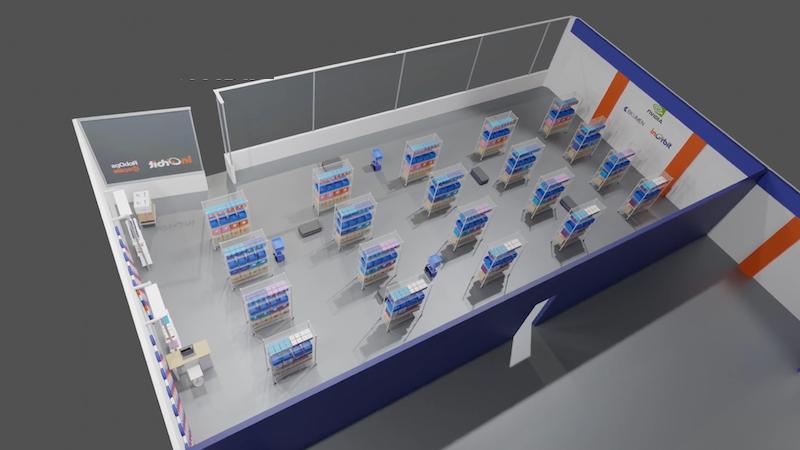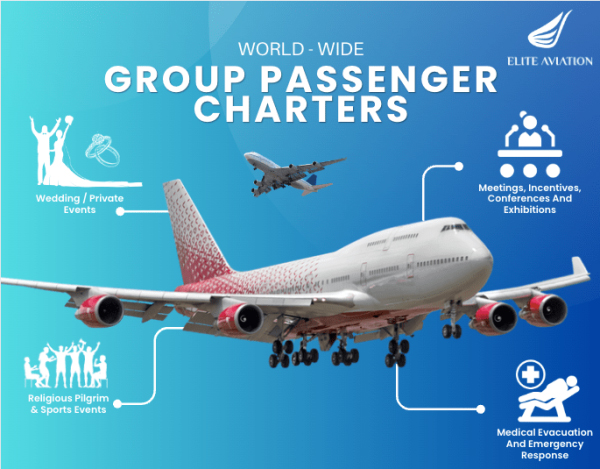InOrbit, provider of cloud-based robot operations (RobOps) software, is collaborating with Nvidia to “blend reality and simulation in robot deployments”.
This work takes the recently launched InOrbit missions to a new level, enabling end users such as logistics providers to define missions once, execute them in both simulated and real environments, and analyze the results through a single pane of glass, bridging the gap between cutting-edge AI-powered robotics technology and real-world applications at scale.
InOrbit leverages the Nvidia Isaac Sim extensible robotics simulator powered by Nvidia Omniverse to model complex environments and robot behaviors that closely match the real world.
Created in collaboration with Ekumen, a provider of advanced software development services with expertise in simulations, this “first-of-its-kind” demonstration available at inorbit.ai/nvidiaisaacsim shows a virtual Robot Space that closely matches the company’s real Robot Space located in the heart of Silicon Valley.
Multiple simulated robots matching their real-world counterparts can be seen carrying out the same exact missions.
Whether it’s picking items at a fulfillment center or transporting boxes in a warehouse, the simulation provides a realistic representation of the physical world.
Third-party logistics companies, manufacturers and retailers can derive actionable insights and drive continuous improvements in their production workflows, using the best RobOps tools and data consistently across physical and digital environments.
This enables modeling changes to workflows, orchestrating robots from different vendors, and reducing the costly impact of traffic jams or collisions.
Otto Motors among partners in the InOrbit Connect ecosystem
Automation, can show a simulation of their robots in a virtual environment that mirrors their customer’s facility.
While simulations may not exactly match the real-world operation of the robot, they allow end users to create a mission, run it in simulation as an approximation of the real robot, and then deploy that mission to real robots in production.
By using a single pane of glass to bridge the Sim2Real (simulation to reality) gap, customers can anticipate problems before they occur and continuously improve their operations.
Ryan Gariepy, CTO of Clearpath Robotics and Otto Motors by Rockwell Automation, says: “Simulations already play an important role in the development of robots, such as for use in reinforcement learning.
“As part of our efforts to advance interoperability, we are glad to collaborate with InOrbit to show how robots from different vendors can be simulated to help end users visualize their robot operations in real time before they deploy in production.”
Florian Pestoni, co-founder and CEO at InOrbit, says: “Our collaboration with Ekumen and Nvidia shows for the first time how simulated and real robots from multiple vendors can be orchestrated through a single platform, allowing operators to switch seamlessly between them.
“This opens up massive opportunities for using data, AI, immersive technology and robotics together. Welcome to the Roboverse.”
InOrbit is a member of the Nvidia Inception program, which is designed to help startups evolve through cutting-edge technology, with access to the latest technical resources.
[ad_2]
Source link



